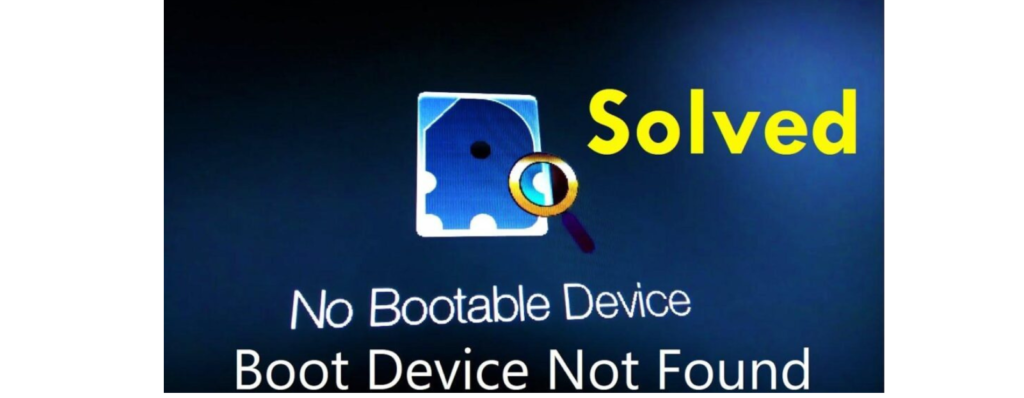Discount up to 35% for first purchase only this month.
“Remember, patience and attention to detail are key during troubleshooting. Follow these steps, and hopefully, your system will be up and running smoothly again! 😊🔍🖥️”
Certainly! When your computer displays a “No bootable device found” error, it can be quite alarming. This message indicates that the BIOS or UEFI firmware is unable to locate a drive with the necessary tools to boot an operating system. But fear not—I’ve got you covered with a step-by-step process to troubleshoot and resolve this issue.

Before we dive into the steps, let’s understand the boot process and recognize the specific error messages. When your computer fails to find a bootable device, it’s crucial to pay attention to any accompanying error codes or instructions. Here’s an overview of the boot process:
1. Power On and POST (Power-On Self-Test):
2. Boot Order:
3. Components in the Boot Process:
1. Perform a Hard Reset:
2. Reset Your Hard Drive:
3. Run CHKDSK Command:
chkdsk /f and press Enter.4. Reset BIOS Default Settings:
5.Boot from Bootable Media and Rebuild MBR:
6. Consider Resetting Your PC:
“Remember, patience and attention to detail are key during troubleshooting. Follow these steps, and hopefully, your system will be up and running smoothly again! 😊🔍🖥️”
100% Original product that covered warranty by the vendor.
You have the right to return your orders within 30 days.
Your orders are shipped seamlessly between countries
Your payments are secure with our private security network.
Evisioninfoserve is dedicated to providing high-quality refurbished laptops to our customers. We understand that not everyone can afford brand-new laptops, and we believe in the value of extending the lifespan of technology while offering affordable options.
+91 9205888941
WhatsApp us